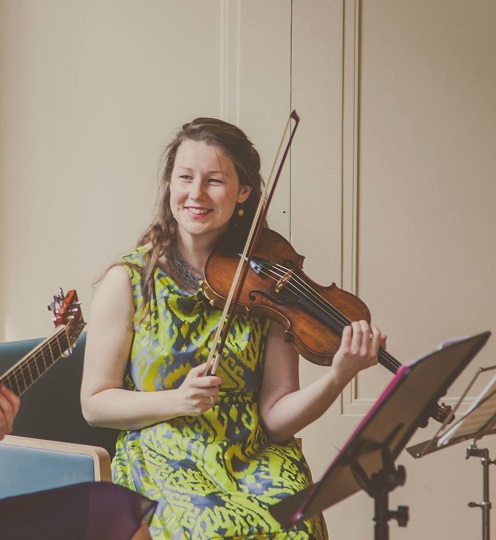Dr Georgina Donati and Dr Annie Brookman-Byrne, researchers at the Centre for Educational Neuroscience, were keen to share the latest research in adolescent brain science with teachers and sought out a film-maker to help them out.
“We are Georgie and Annie, researchers at the Centre for Educational Neuroscience, and we are interested in sharing the latest research in adolescent brain science with teachers.
A few years ago, we participated as scientists in an interactive play, with a theatre group called Cardboard Citizens. The play, META, was performed in front of teenagers, and explored how changes in the teenage brain can impact their lives, and even lead them to spin out of control. During performances, we (and our colleagues) were there to explain the adolescent brain science underlying the play. We were often approached by teachers and parents after the play, who said that they found the science fascinating and useful, wishing they had known it sooner.
This feedback inspired us to work on a resource for teachers (parents are also encouraged to get involved!). We teamed up with a film-maker and some great professionals from Small Films to bring you this short film. The aim of the play META had been to encourage teens, armed with new knowledge about how their brains work, to think about how they might be able to change their behaviour for their own benefit. The aim of the film is similar for teachers: how can knowledge about how the teenage brain works influence the way teachers interact with, respond to, and ultimately teach teenagers?
As part of the interactive play, teenagers came up with some interesting strategies to better manage their emotions and stay focused on the task at hand. We’re interested to find out what strategies teachers come up with (or already use) to engage the teenage brain, deal with their quirks, and essentially take advantage of the special world that is the social and emotional rollercoaster of being a teen…
At the early stages of creating the film, we spoke to teachers about our ideas. Based on this discussion, we decided to keep the video short and with basic science, but with more detailed resources about the topics covered on this website. The teachers we spoke to were particularly keen to get ideas for specific strategies to use in the classroom. We are experts in adolescent brain science, but not in teaching, so we are handing over to you, to crowdsource strategies that draw on this science.
Under each topic there is the opportunity to add your own thoughts about how you might use, or have already used, this science to inform your teaching. We hope you will take this opportunity to share your ideas with other teachers. We will regularly update the website to include the strategies that you suggest (anonymously). Our hope is that this will become a useful resource of strategies designed by teachers, for teachers, and informed by research. We are excited to hear from you!
You can also get in touch with us on social media – we have a Twitter account @TeenBrainFilm – come and ask us questions, give us your feedback, or share with your colleagues and friends!“
**
You can also read more about topics touched on in the film in more detail in the CEN pages dedicated to each area…
**
Sleep *** Hormonal Changes *** Prefrontal Changes
Inhibitory Control *** Mental Time Travel *** Limbic Changes
Sensation Seeking *** Risk taking *** Social Development
Theories of Adolescence *** Evolution *** Mental Health
Neuroconstructivism *** Educational Neuroscience
About
**




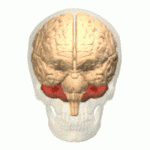


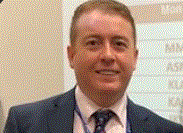
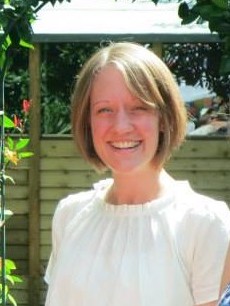
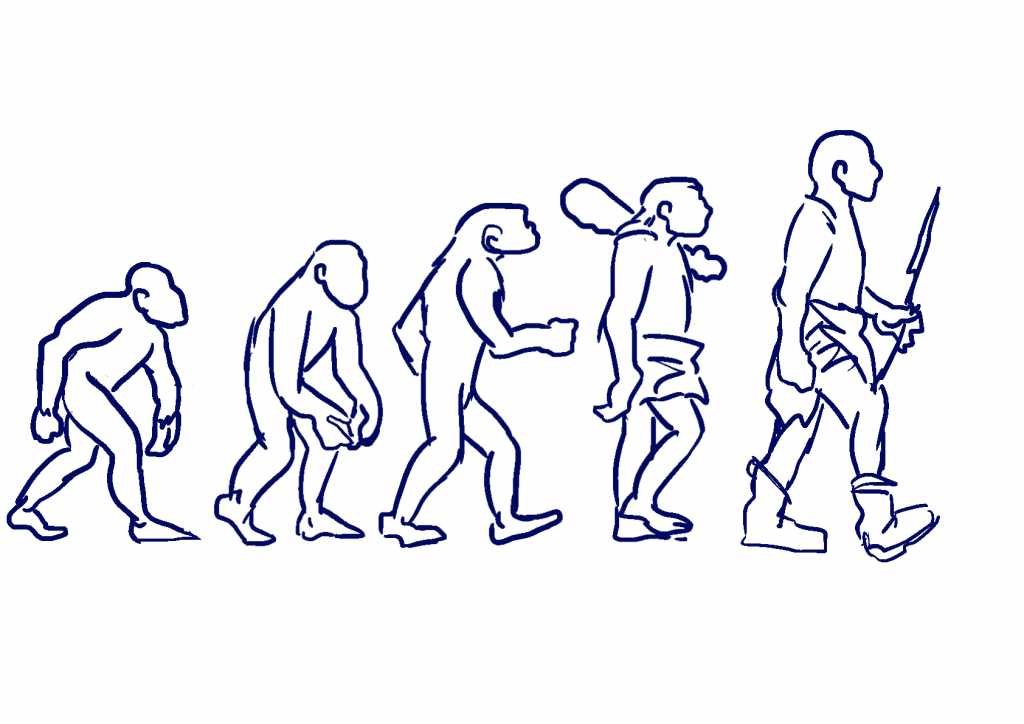


 So, the visual system has been designed to recognise objects from whatever viewpoint: a coffee cup is a coffee cup if seen from the left, the right, or upside down. But in English, we asked children to learn that p, q, b, and d are all different letters, corresponding to different speech sounds. To the young child’s visual system, these all look like the same object (a round bit with a tail) viewed from different angles. It takes months, maybe years of learning to overcome the brain’s preference to interpret what it sees in terms of movable objects, and this is why children learning to read in English often mix up their b’s and d’s, and their 6’s and 9’s.
So, the visual system has been designed to recognise objects from whatever viewpoint: a coffee cup is a coffee cup if seen from the left, the right, or upside down. But in English, we asked children to learn that p, q, b, and d are all different letters, corresponding to different speech sounds. To the young child’s visual system, these all look like the same object (a round bit with a tail) viewed from different angles. It takes months, maybe years of learning to overcome the brain’s preference to interpret what it sees in terms of movable objects, and this is why children learning to read in English often mix up their b’s and d’s, and their 6’s and 9’s.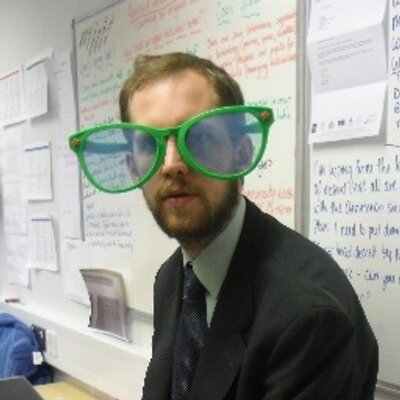
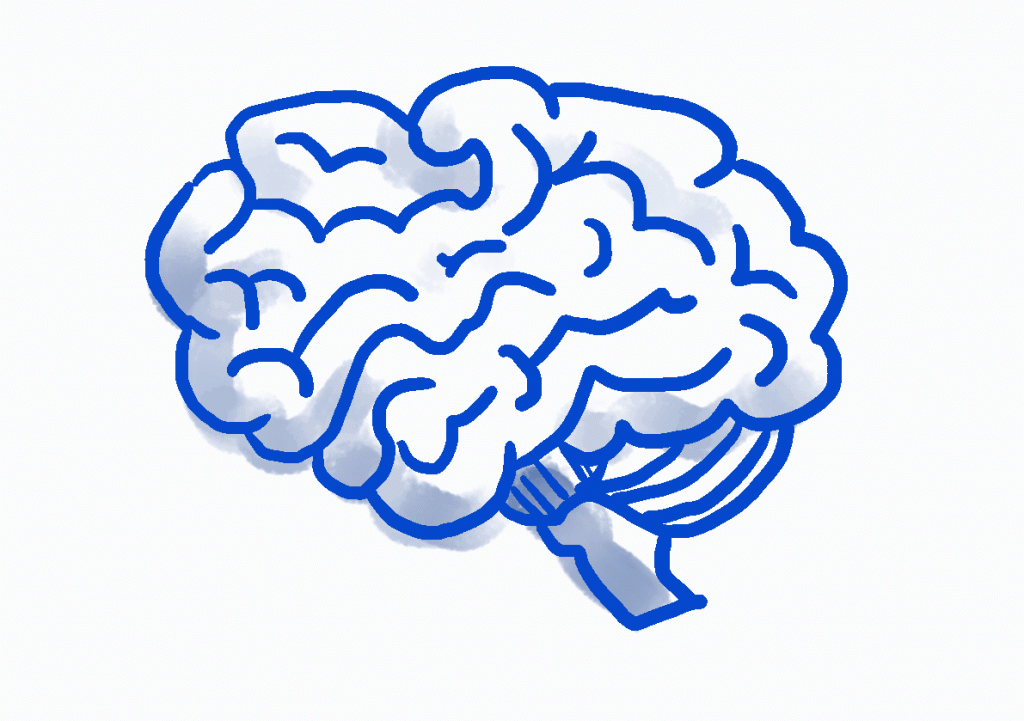
 The answers to all these questions don’t lie in psychology. Even though psychology has some great theories about how the mind works and how we learn, there are some answers it’s less hot on. Instead, the answers lie in the particular – and sometimes peculiar – way our brains work. Our brains didn’t have to work this way. There are other ways you could do things. Our brains work the way they do because of their particular biological and evolutionary origins.
The answers to all these questions don’t lie in psychology. Even though psychology has some great theories about how the mind works and how we learn, there are some answers it’s less hot on. Instead, the answers lie in the particular – and sometimes peculiar – way our brains work. Our brains didn’t have to work this way. There are other ways you could do things. Our brains work the way they do because of their particular biological and evolutionary origins.